This is how a completed Turner's Cube looks like, taken from Bob Warfield's CNC Cookbook:
We started with a square bar of 1" aluminium I've in the box. To keep things simple, a smaller cube was agreed upon. Some time was spent facing the sides to bring the cube down to 24.5mm. Keying that in the GWizard Turner's Cube calculator, the other dimensions were given.
We didn't get to finish the project in one session as I ran out of shop time (meeting my parents to visit my grandmother). Hope to finish it up in our next session.
Not many pics this session. We were chatting away while I show the big guy some basic lathe work, which is all that I know... We hope to learn together, motivating and teaching each other up the learning curve of machining.
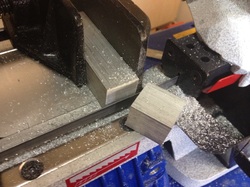
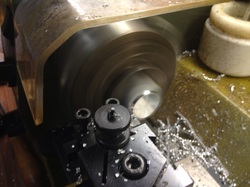
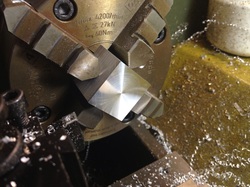
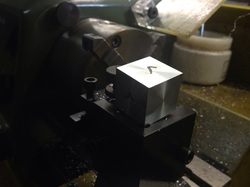
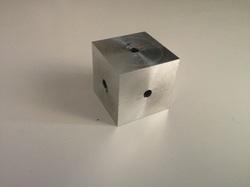
Before Terence left, I took the opportunity to show off how deep the Wabeco F1200 can cut in aluminium in one pass. But being a "chicken", I dialed in only slightly more than 4mm depth and did the cut with a 10mm HSS endmill. Some chatter was felt (and heard) when I was feeding slowing (chicken enough?). As I increase the feed with the handwheel, I realised that the mill can in fact be used more aggressively given its rigidity. I read from Wabeco's instruction manual that it can take, without any problem, cuts up to 10mm deep in steel with a 10mm endmill. Wow.... But I wonder if that is possible with my MT2 spindle bore. On hindsight, I should have pay for the ISO30 tool holding option, which is another EUR 158.82...
A video of the cut, taken by Terence.
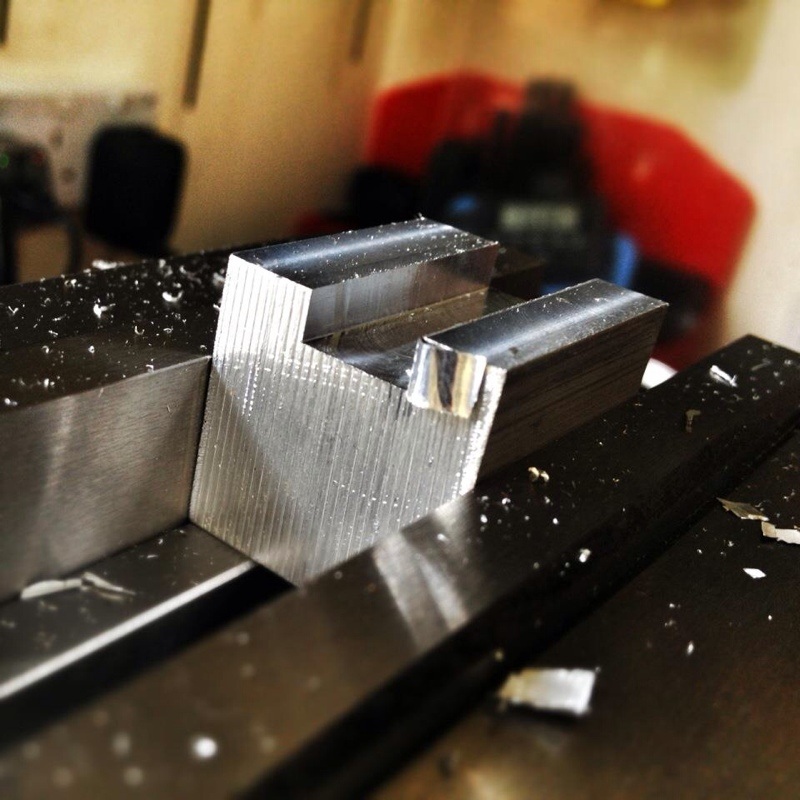
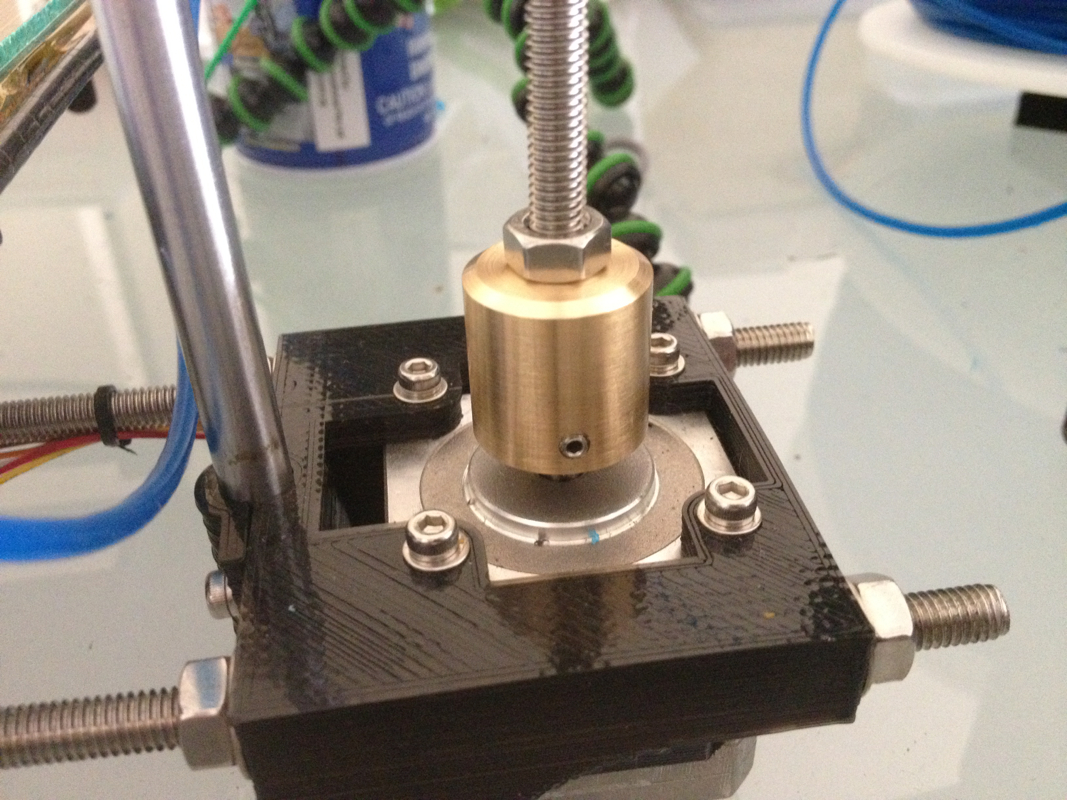
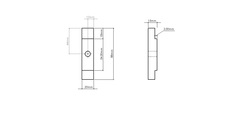

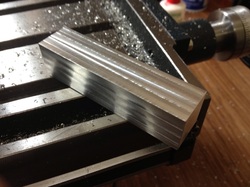
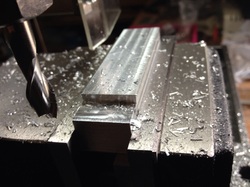
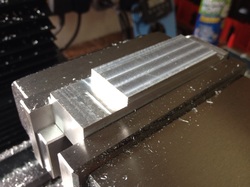

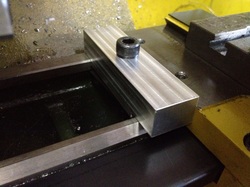
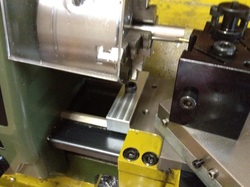
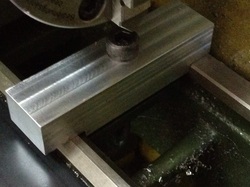
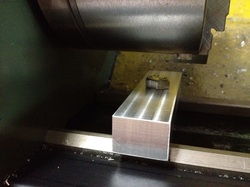
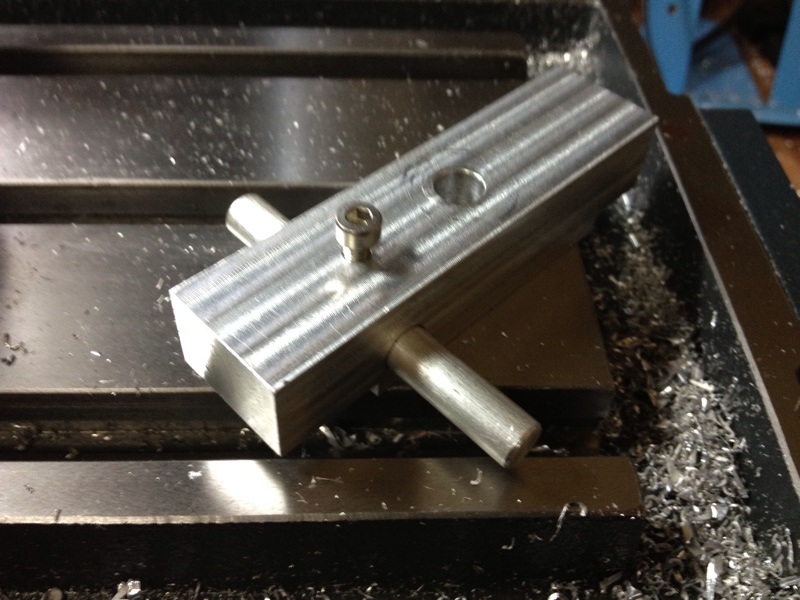
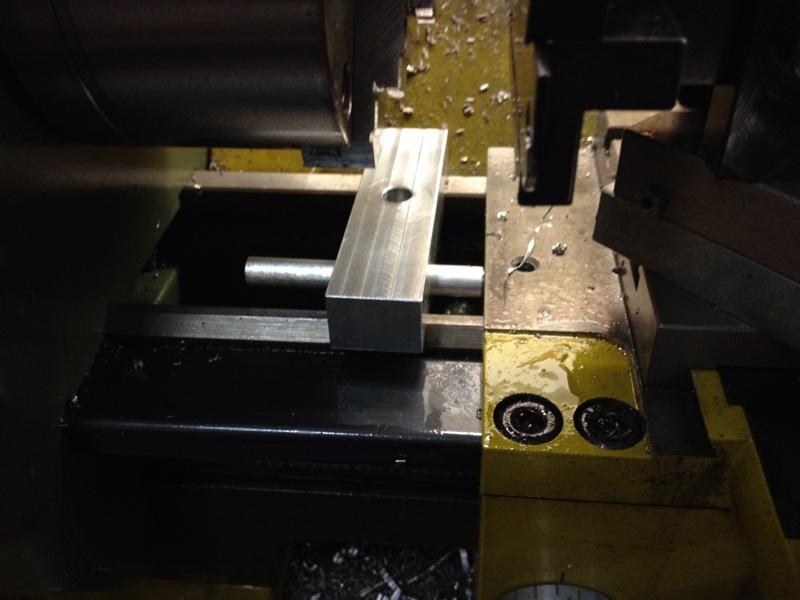
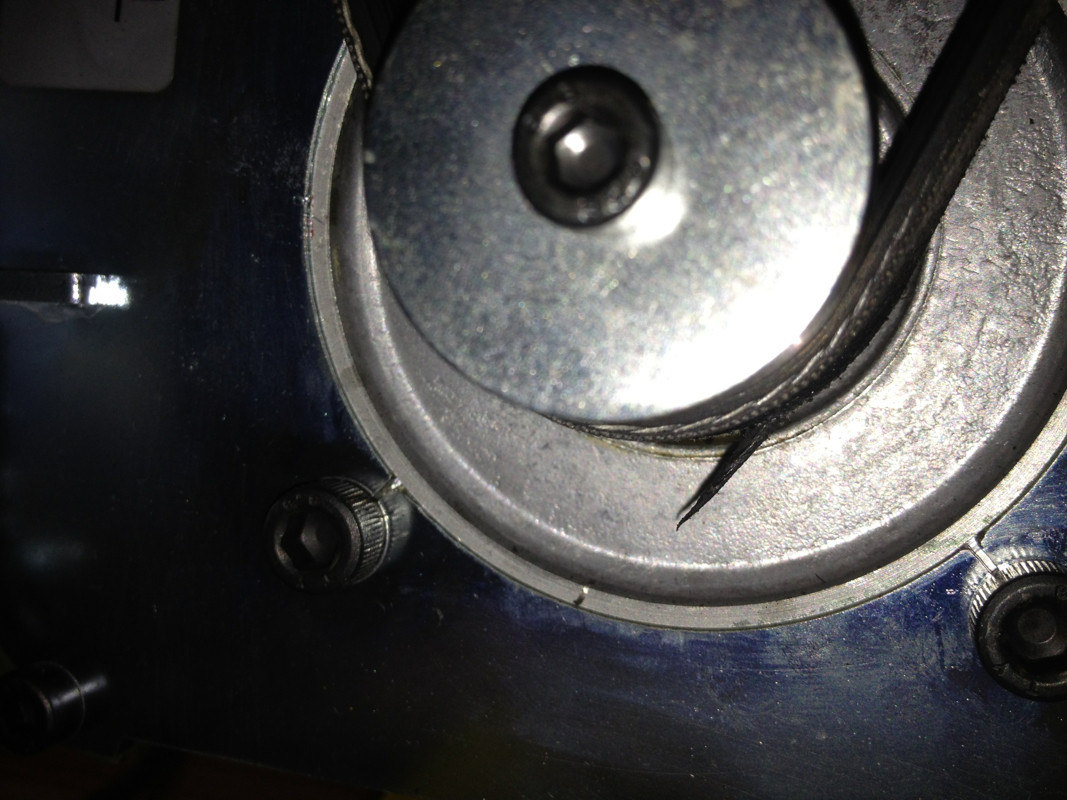
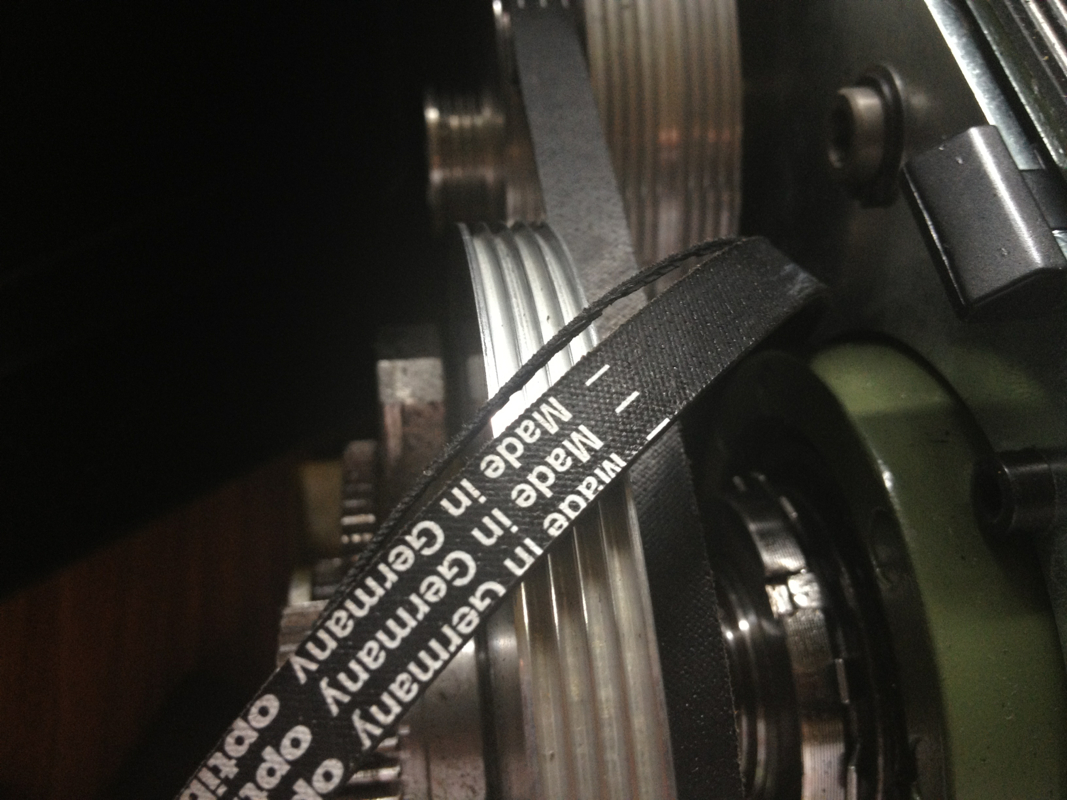
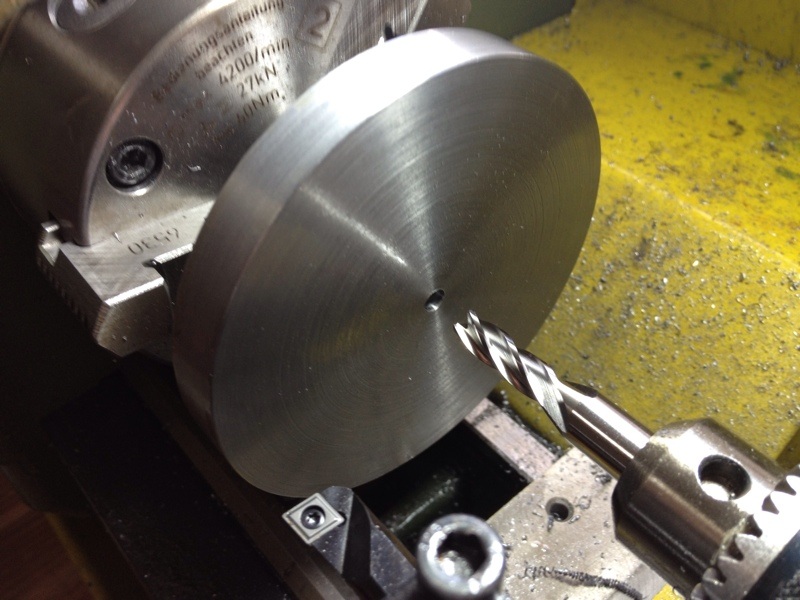
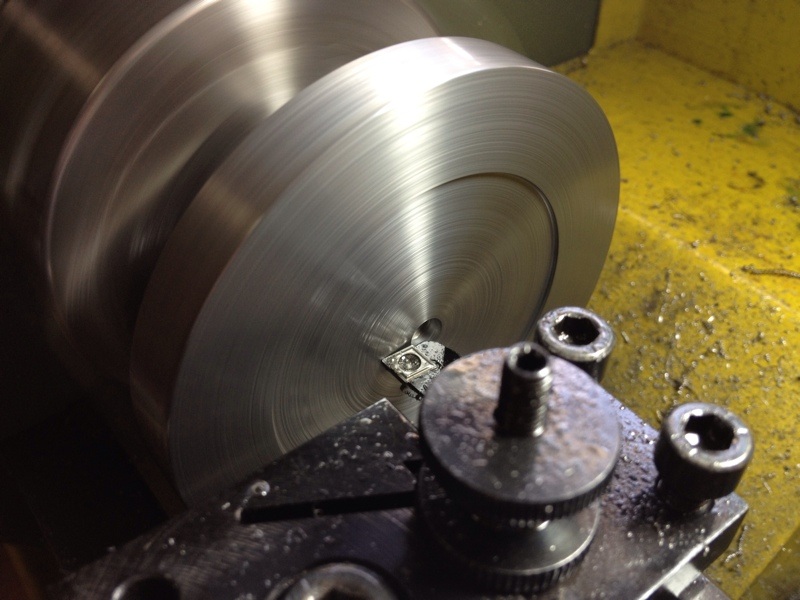
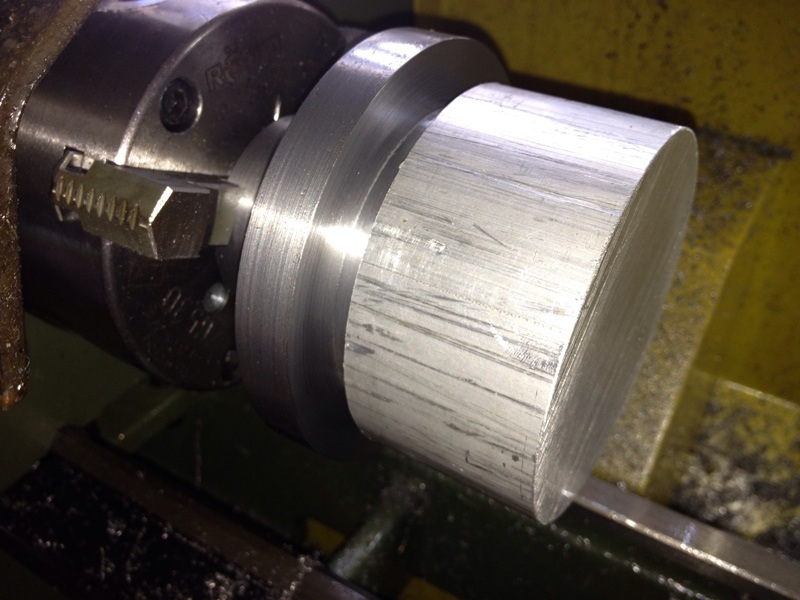
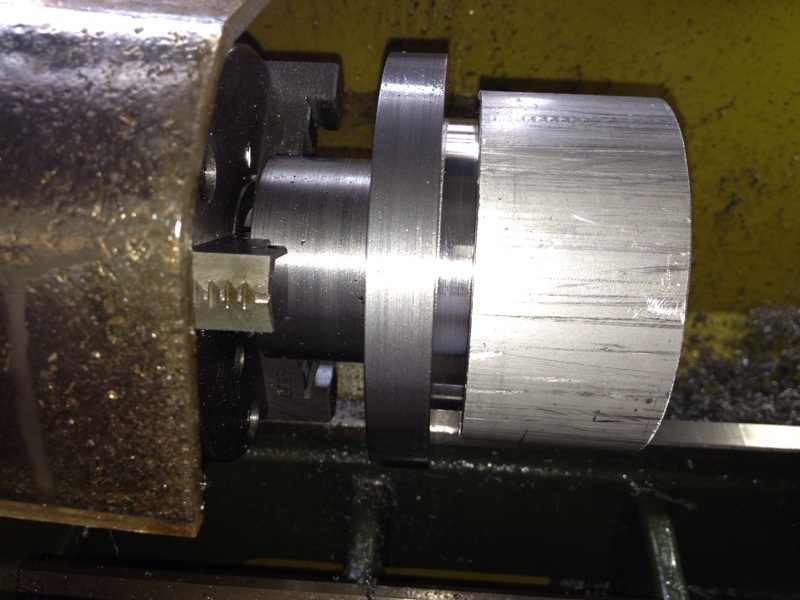
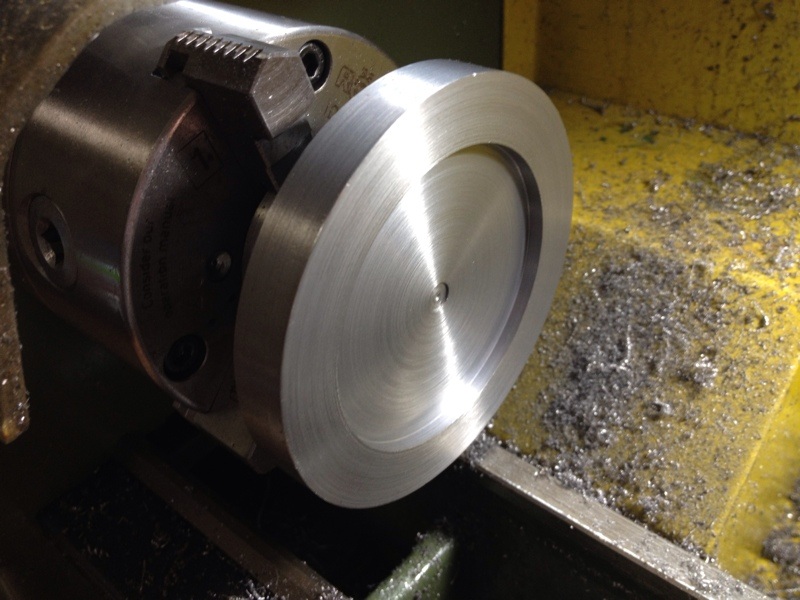
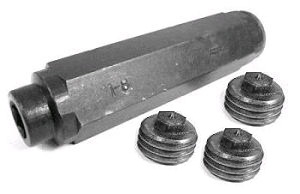
 RSS Feed
RSS Feed
